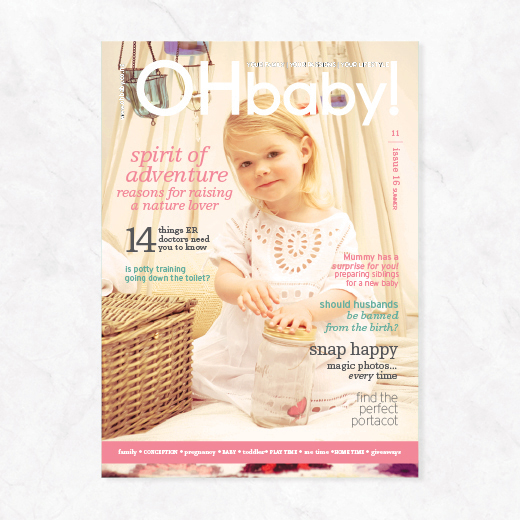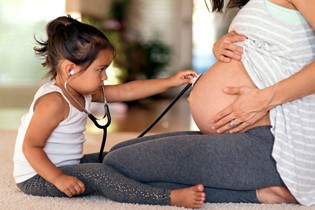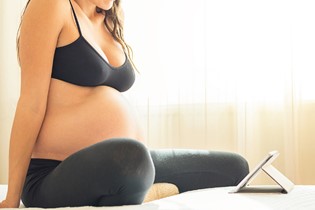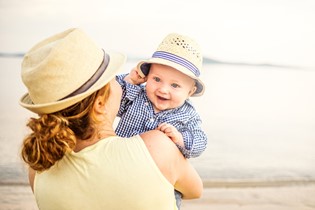Top 10 car seat mistakes

You know you ought to get it right but many of us struggle to install child car seats correctly. Here's the checklist…
Plunket regularly conducts checking clinics around the country to assess correct installation and, sometimes to fit anchor bolts in cars free of charge. Very often they find other faults as well, with the percentage of correctly installed seats rating only around 5-10%, on average. Plunket Car Seat Manager for Counties Manukau Natalie Denton reports on the 10 most common mistakes parents make when installing and using child car restraints.
1 No anchor bolt: If you have a car seat tether that's not anchored in contact Plunket to see if there's a checking clinic in your area or to ask about a local mechanic who can fit one immediately.
2 Seat is too loose: This is either because the seatbelt is twisted or loose or the locking clip is not being used properly. It's important to put your full body weight on the seat when you thread through the car seatbelt and lock it in. Once installed, the seat should move no more than an inch either way.
3 Seatbelt not threaded through the car seat correctly: This includes not using the locking clip correctly.
4 Seatbelt not long enough to fit baby capsules properly: Many smaller cars don't have seatbelts long enough to fit around a baby capsule so it's best to check the seat fits in your car before you buy.
5 Car seat harness is too loose or not threaded correctly: You should be able to fit just one finger between the harness and your child's chest. Often the problem arises as a result of the weather warming up and the child wearing fewer clothes.
6 Harness not threaded through the correct slots in the seat back: In forward-facing seats the seat belt should be on or below the shoulder. For most rear-facing seats the belt should be level with or slightly above the shoulder.
7 Seat type is unsuitable for the child: Often it's a case of the child having outgrown the capsule or seat. The baby's head in a capsule should be at least an inch below the top.
- Plunket now recommends babies sit in rear-facing seats until they are two. The American Association of Paediatrics says that in a crash babies in rear-facing seats have a 75% greater chance of surviving than forward-facing babies. This is because children's heads are comparatively large for their bodies and in a vehicle accident the neck can snap when thrown forward.
8 Seat is past its use-by date: Manufacturers can guarantee the safety of the shell for a limited time. Among other reasons, the sun can weaken or warp the plastic. Many families may hold onto seats or capsules to use for just a short time for each child, without realising the guarantee has expired.
9 Buying second-hand: Be wary of buying second-hand - you don't know the seat's history and whether it's been in an accident. And very often the instruction manual has been lost so installing it correctly will be a problem.
10 Children out of car seats too early: Children are required to be secured in car seat restraints (including boosters) until they are aged seven. It's also recommended that all children use some kind of child restraint until they are at least 148cm tall and the Ministry of Transport aims to make booster seats the norm for all five to 10 year olds.

AS FEATURED IN ISSUE 16 OF OHbaby! MAGAZINE. CHECK OUT OTHER ARTICLES IN THIS ISSUE BELOW

















